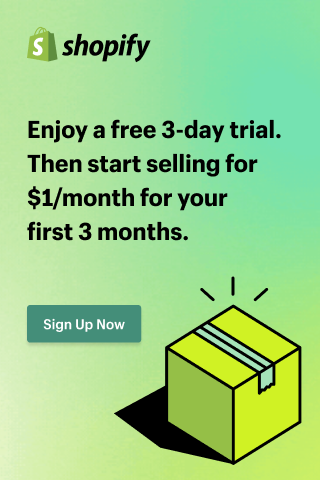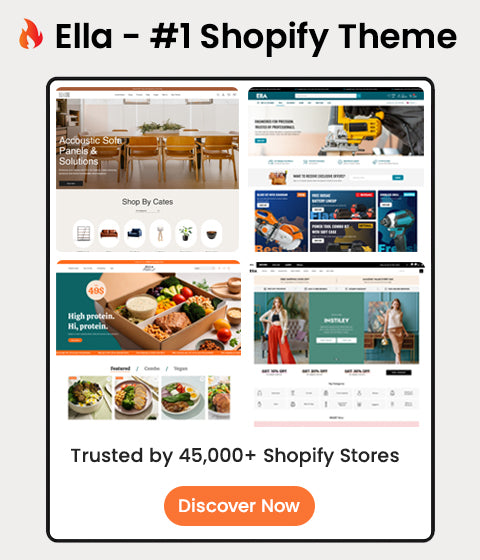How to Start Dropshipping in 2026: The Ultimate Step-by-Step Guide

Dropshipping remains one of the most accessible ways to step into the world of e-commerce. It allows you to launch a business with minimal upfront investment, as you don't need to buy or hold any inventory yourself.
But "low cost" doesn't mean "no work." The dropshipping market is competitive, and its global market size is projected to grow significantly, reaching over $514.3 billion by 2026.
To succeed in 2026, you can't just throw products at a wall and see what sticks. You need a playbook. This is that playbook.
Step 1: Find Your Niche
This is the most critical step. A "niche" is a specialized segment of the market for a particular kind of product or service. Instead of a general store that sells everything, you'll focus on a specific category (e.g., "eco-friendly yoga gear" instead of just "sports equipment").
Why you need a niche:
-
Less Competition: It's easier to rank on Google and target ads.
-
Higher Conversion Rates: You'll attract customers who are genuinely interested in your specific products.
-
Stronger Brand: You become the go-to expert for that one thing.

How do you find a good niche? Look for a balance between your passion and market profitability. Use tools like Google Trends to check demand.
-
For inspiration: 22 Trending Dropshipping Niches You Can Start Today
-
For a specific category: Top 10 Electronics & Gadgets for Dropshipping in 2025
Step 2: Research Suppliers & Find Products
Your supplier is your most important partner. They are responsible for product quality, shipping times, and packaging. A bad supplier will sink your business.
Where to find suppliers:
-
Marketplaces: AliExpress is the most common starting point.
-
Integrated Platforms: Services like CJ Dropshipping and Spocket integrate directly with Shopify and often offer faster shipping.
What to look for:
-
Supplier Ratings: Look for high scores and positive reviews.
-
Shipping Times: Be transparent with your customers about this.
-
Communication: Send them a message. Do they reply quickly and professionally?
-
Order Samples: Always order a test product for yourself to check the quality.

Step 3: Choose Your Platform & Set Up Your Store
You need a "home" for your business. While there are options, Shopify is the industry standard for dropshipping for a reason: it's powerful, all-in-one, and integrates seamlessly with thousands of apps.
-
Platform comparison: Shopify vs WordPress: Best Platform for Online Stores in 2025
If you're ready to build your store, this is the time.
Special Offer: Click here to sign up for Shopify and get a trial for only $1/month for your first 3 months.
Once you're in, you'll need to:
-
Choose a domain name: This is your store's address (e.g., mycoolstore.com).
-
Follow a setup guide: Go through the basic steps of setting up your new store.
-
Full Walkthrough: How to Set Up a Shopify Store: Complete Beginner’s Guide
Step 4: Design & Brand Your Store
An untrustworthy-looking store will get zero sales. Your brand's design (logo, colors, and theme) is your first impression.
This is where a high-quality Shopify Theme is essential. A good theme optimized for dropshipping will be fast, mobile-friendly, and designed to convert.
-
The best themes for this model: 10 Best Shopify Themes for Dropshipping in 2025 (Beginner to Pro)
While designing, focus on:
-
Great UI/UX: Make it easy for customers to browse and buy.
-
Learn more: How Can UI UX Design Boost Your Ecommerce Sales?
-
High-Quality Images: Your product photos are your sales pitch. Make sure they are high-resolution but optimized for speed.
Step 5: Handle the Business Essentials
Before you launch, you need to set up the backend of your business.
-
Set Up Payments: You need a way to get paid.
-
Install Key Apps: Apps will automate your business. You'll need an app to import products from your supplier (like Oberlo's successors, e.g., DSers) and apps for marketing, reviews, and more.
-
Legal Pages: Create your "Terms of Service," "Privacy Policy," and "Refund Policy" pages. Shopify provides templates for these.

Step 6: Market & Launch Your Store
This is where the real work begins. You can have the best store in the world, but without traffic, you have no business.
Popular marketing strategies for dropshipping:
-
Paid Ads: Facebook, Instagram, and TikTok ads are the fastest way to get your first sales.
-
Influencer Marketing: Pay small influencers in your niche to promote your product.
-
SEO & Content Marketing: This is a long-term strategy. Write blog posts related to your niche to attract free traffic from Google.
-
Get started: SEO Tips & Best Practices to Boost Rankings
Step 7: Analyze, Optimize, and Scale
Your store is launched and you're getting traffic. The playbook isn't finished.
-
Analyze: Use Shopify Analytics and Google Analytics to see where your customers are coming from and what they're doing.
-
Optimize: Run A/B tests. Tweak your product descriptions. Improve your ad creative.
-
Customer Service: Provide excellent support. This is how you beat Amazon.
-
Scale: Once you have a winning product, scale your ad spend. Find new, related products to add to your store.
Conclusion
Starting a dropshipping business in 2026 is still a highly viable and profitable venture, but it demands professionalism. It's a real business, not a get-rich-quick scheme. By choosing a smart niche, finding a reliable supplier, building a trustworthy brand, and marketing relentlessly, you are setting yourself up for success.
FAQs (Frequently Asked Questions)
1. How much money do I need to start dropshipping?
While you don't buy inventory, you still need a budget. Plan for your Shopify subscription (starts at $1 after trial), your domain name (~$15/year), and a marketing budget (ideally $300-$500) to test ads.
2. Is dropshipping legal?
Yes, dropshipping is a completely legal, legitimate, and widely used e-commerce fulfillment model.
3. How do I handle returns?
This depends on your supplier. You must have a clear "Refund Policy" page. Most suppliers will accept returns for faulty products. For other reasons (e.g., customer ordered the wrong size), you may have to decide whether to let the customer keep the item and send a replacement, or have them ship it back (which can be costly).











